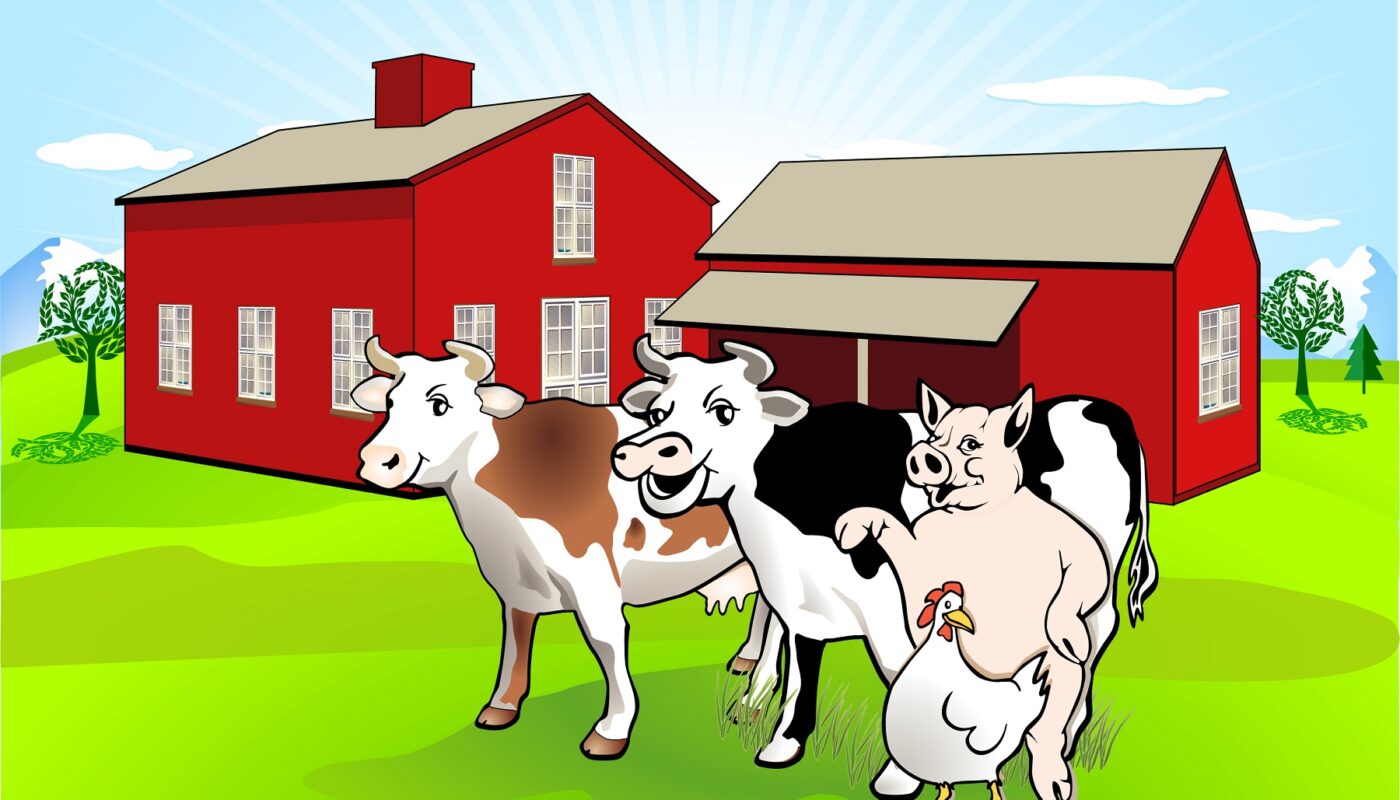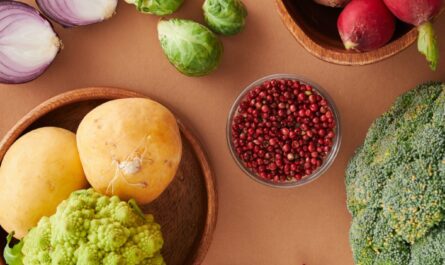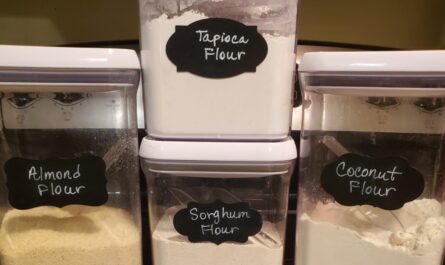Check out excerpts from this Article written by Mike Geary, Environmental Scientist, Hydrogeologist, and Nutritionist. It offers a great argument for consuming more beef, than chicken or pork.
“Pork vs Beef vs Chicken: Why BEEF Wins by a Landslide over Chicken and Pork for Health Benefits and Environmental Benefits
I’ve been receiving a lot of questions lately about differences in nutrition between various meats such as beef, chicken, and pork, as well as questions about my assertions that vegetable oils and excess omega-6 fats in general (mostly from linoleic acid omega-6) are actually WORSE than even sugar for us.
So in today’s email [article], I’m just going to dive into the dramatic differences between the nutritional aspects of beef vs chicken vs pork, and also which one is the best from an environmental perspective. I also plan to get a full article on the topic of the dangers of vegetable oils coming soon.
Ok, so first let’s look quickly at both the nutritional and environmental differences between the 3 most popular meats that most people eat, which are chicken, pork, and beef.
I’m going to show you why BEEF is actually significantly more nutritionally healthy for us (AND environmentally healthy and sustainable too) than any type of chicken or pork.
First of all, the vast majority of chicken and pork in the US are raised in indoor operations where the animals never see any sunlight or fresh air, and are fed a diet that is usually 100% grains and soy. Because of this 100% grain and soy diet that chickens and pigs are fed in the US, the omega-6 linoleic acid content of chicken and pork is extremely high at around 18-20%
(Note that you DON’T want more omega-6, as most Americans already get about 8-10x too much, and excessive omega-6 is one of the main causes of most degenerative diseases like heart disease, diabetes, and is even a main contributor to the cancer process and Alzheimer’s too).
Compare that omega-6 % in chicken and pork to even the worst feedlot finished beef, which is only about 2-3% omega-6 linoleic acid. This is a huge WIN for beef, and shows that chicken and pork contain about 7-10x more inflammatory omega-6 than beef. So when it comes to fat profiles, beef wins big time! And it’s not just solely about omega-6 being bad…
Beef fat is also one of the richest sources of a particular healthy saturated fat called stearic acid, which studies show reduces your appetite (provides a strong satiety signal so you automatically eat less calories), while also having a direct relationship to losing abdominal fat… In fact, one study on rats showed that the rats that ate more omega-6 fats GAINED body fat, whereas the rats that ate a lot of stearic acid (which is high in beef) actually LOST a significant amount of abdominal fat.
This doesn’t surprise me at all, as I personally have noticed that during time periods when I eat a lot of beef consistently (1 to 2 lbs of beef per day), I get significantly leaner in the abdominal area with a more visible six pack in the lower abs area.
Another win for beef is that it is estimated to have approximately 25-30% more nutrient density (vitamins and minerals) than chicken or pork, mostly due to the healthier feed that cattle get for most of their lives compared to the 100% grain and soy based diets that chickens and pigs get for most of their lives.
In addition, ALL cattle raised for meat live their entire lives OUTDOORS in fresh air and sunshine, and ALL cattle are grazed on pasture for about 80-85% of their lives, even if they’re finished on an outdoor feedlot for the last few months of their lives. Again, chickens and pigs generally spend their entire lives in US factory farms indoors, but this does NOT happen in the cattle industry for beef production…
And while grass-finished beef is better in my opinion for both environmental reasons and slightly more nutrient density than feedlot finished beef, if you had to make the best decision at the grocery store, and can’t afford grass-finished beef (or can’t find it near you and don’t want to order online), then any form of conventional beef is still superior to chicken and pork both nutritionally and environmentally.
Also, I think I need to clarify what happens with “feedlot finishing” for beef when you choose conventional beef vs grass-finished beef… For one, in conventional beef, the finishing feedlots are OUTDOORS, so cattle are getting fresh air and sunshine (unlike what happens in indoor factory farms with chickens and pork)… Not only that, but while chickens and pigs are fed 100% grains and soy, even grain-finished cattle are only fed a ration of approximately 40-50% grains in most cases, while the rest of their feed in a feedlot may be materials such as hay, alfalfa, crop residues, and other inedible plant materials that humans can’t eat, but cattle miraculously turn into nutritient-dense calories for us through their fermentation process with their multiple chambered stomachs.
So although grain-finished feedlot beef is inferior both environmentally and nutritionally to grass-finished beef, it’s still better than most chicken and pork.
Note that all of the benefits of beef that I’ve mentioned in this email also apply to any other “ruminant” red meat, such as bison, elk, yak, deer, lamb, etc. It should also be noted that most ruminant animals (red meat) are raised on land that cannot be used for crops anyway, because either the land is too steep, dry, rocky, etc. So cattle produce incredibly nutritious food for humans on mostly land that couldn’t be used for crops anyway.
Also, from an environmental standpoint, rotational grazing of beef, bison, and lamb is THE #1 most environmentally sustainable and beneficial form of farming there is… period! What most vegans don’t understand is that most plant farming is actually quite destructive to soil, groundwater, surface water, and ecosystems. Think about those thousands of acres of corn, soy and wheat fields (or any grains or bean fields for that matter)… all of that plant-based monocropping is essentially DEAD ecoysystems, where not only are birds, rodents, and other wildlife harmed or pushed out of the area, but even the soil bacteria and fungi are significantly harmed from plowing, pesticides, herbicides, and other common aspects of plant-based farming.
And it’s not just the growing of grains and beans that are destructive to the environment and ecosystems… Other examples of destructive plant-based farming would be tropical fruits where in many cases rainforests were destroyed to grow those tropical fruits. Or how crops like almonds and rice are the biggest water hogs of any type of agriculture. Or how rice is one of the biggest producers of methane in all of agriculture. Or how avocado farms have destroyed ecoysystems in mexico.
The examples of destructive plant-based agriculture could go on and on, yet vegans conveniently forget about all of that, and try to blame all of the worlds problems on meat. And as you can see in this email (at least in the case of beef, bison, lamb, and other red meat), I contend that grass fed RED meat is actually the #1 most environmentally friendly and sustainable type of agriculture there is, significantly more sustainable than almost any type of plant-based agriculture.
With the rotational grazing of cattle, bison, sheep and other ruminant animals, grassland ecoysystems are preserved, soil is protected from erosion, groundwater and surface water is protected, and ecological diversity remains high in areas that are grazed by cattle and other ruminants. And proper rotational grazing also sequesters a massive amount of carbon from the atmosphere and stores it in the soil, making grass-fed RED meat one of the best solutions for climate change as we move forward.
In fact, grass-fed beef is generally carbon negative in most cases, even after factoring in the methane produced by cattle, making cattle, bison and sheep the #1 most important type of agriculture for reducing carbon in our atmosphere. I know this isn’t what you hear in the media and in vegan propaganda documentaries, but that’s because vegan film makers and activists aren’t soil scientists and generally have no environmental education whatsoever.
This is a nuanced science of why cattle and bison are so beneficial for carbon capture in the soil, and I may expand on the detailed science of this topic in future emails, but it basically has to do with the way that ruminant animals interact with grasses (improving the growth and decay cycles of grasslands), root shedding, and also enhancing the bacteria and fungi in the soil creating stable soil carbon that was pulled from the atmosphere.
In fact, one glowing example of a nearly perfect farm is White Oak Pastures in Georgia on 3200 acres, which has proven through soil analysis to have increased soil carbon 10x in the last 20 years (from 0.5% soil carbon 20 years ago, up to over 5% soil carbon currently), all due to the magic of rotational grazing of animals on grasses. There are other incredible farms like this too that are sequestering massive amounts of carbon from the atmosphere and putting that carbon into soil, all while protecting soil and water supplies, and providing healthier food… a couple other great examples are Polyface farms in Virginia, Belcampo farms in CA, Roam Ranch in TX, and lots more. Another great source of grass-finished meats is US Wellness meats, and I personally order from them frequently and love their meats!
Another aspect that is rarely talked about is the importance of bees. As you’ve probably heard, bees are dying at unprecedented rates across the world in recent years, and the biggest destroyer of bee populations is plant-based monocrop agriculture, which destroys diversity in an area, while also using harmful pesticides that poison the bees. In terms of diversity, think about the millions of acres of corn, soy, wheat, oats, canola, etc with zero diversity, as opposed to the hundreds of species of flowering plants in a diverse pasture ecosystem where cattle, bison and/or sheep are grazing. This is yet another reason why supporting veganism and plant-based foods only harms our ecosystems and environment even more, while supporting grass-fed meats actually improves our ecosystems and environment. Once again, vegans are doing MORE HARM to the environment without even realizing it. I understand they think they’re doing the right thing (and I admire the fact they want to do the right thing), but a lack of true scientific education about ecosystems and soil science leads vegans and vegetarians to inadvertently do more harm to our environment and ecosystems by supporting plant-based industrial monocropping which devastates our soil, water supplies, and yes, our bees too.
If you want to be TRULY healthy, while also protecting our environment, grass-fed red meat from beef, bison, lamb, etc are THE healthiest foods we can eat for both us and the planet! If you want to dig into this topic more, please grab a copy of my friend Diana Rodgers book Sacred Cow which does an incredible job at explaining why well raised red meat can actually save your health and the planet….
Also, please SHARE this article to any of your friends and family that would enjoy this little rant today, or gain benefit from it. It very well could SAVE someone’s health, all while improving our environment!”



